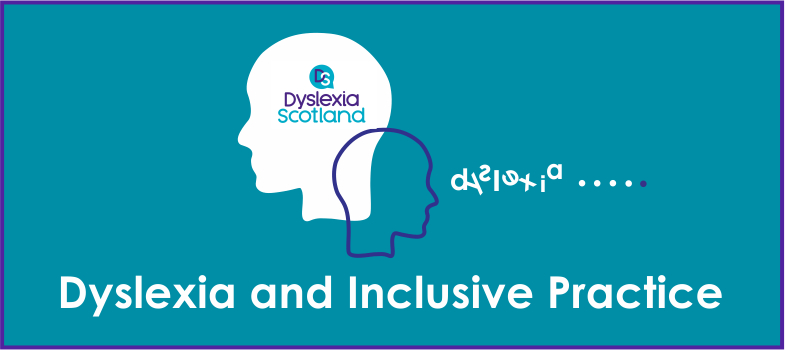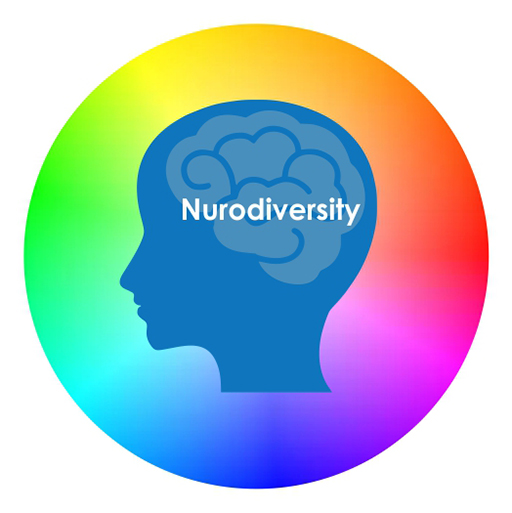2.2. Dyslexia and neurodiversity
Neurodiversity is a relatively new term, thought to have been coined in the 1990s by Judy Singer (an autism activist). It was originally used by the autistic community, who were keen to move away from the medical model and dispel the belief that autism is something to be treated and cured rather than an important and valuable part of human diversity.
The idea of neurodiversity has now been embraced by many other groups who use the term as a means of empowerment and to promote the positive qualities possessed by those with a neurological difference. It encourages people to view neurological differences such as autism, dyslexia and dyspraxia as natural and normal variations of the human genome. Furthermore, it encourages them to reject the culturally entrenched negativity that has typically surrounded those that live, learn and view the world differently.
Most people are neurotypical, meaning that the brain functions and processes information in the way society expects. However, it is estimated that around 1 in 7 people (more than 15% of people in the UK) are
2.1. What is dyslexia?

